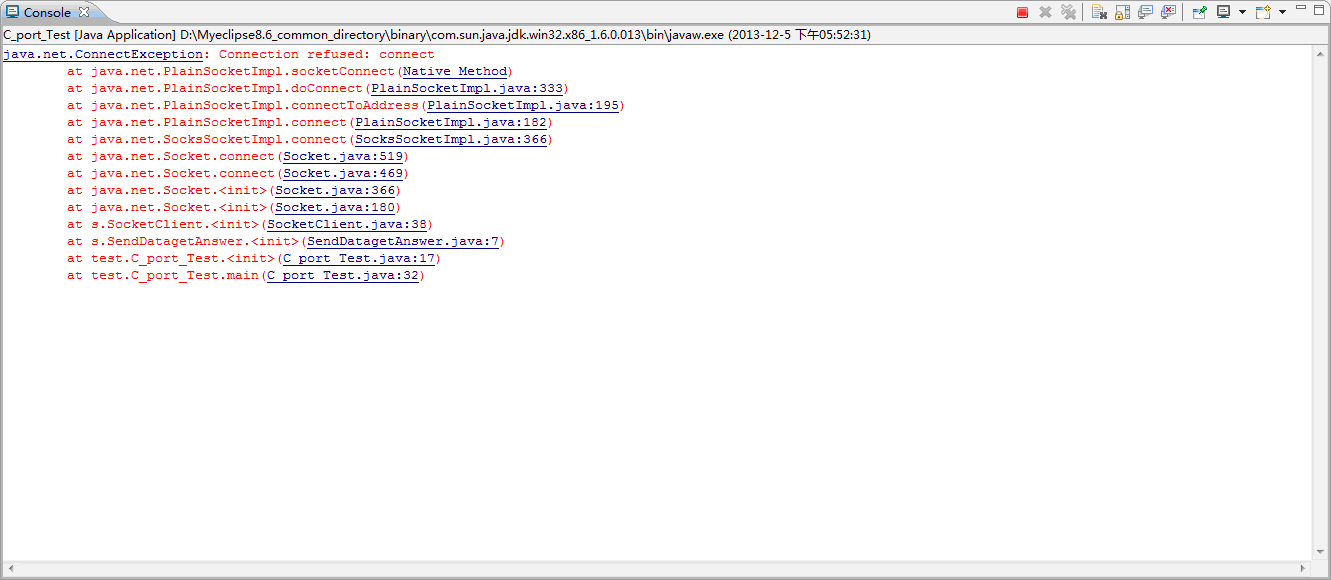Spring入门Blog[十四、Spring中hibernateTemplate的使用]
HibernateTemplate的配置和使用:
1、配置bean文件:因为要用到sessionFactory索性就都复制了过来.也方便大家看
[html]
<?xml version="1.0" encoding="UTF-8"?>
<beans xmlns="http://www.springframework.org/schema/beans"
xmlns:xsi="http://www.w3.org/2001/XMLSchema-instance" xmlns:context="http://www.springframework.org/schema/context"
xmlns:aop="http://www.springframework.org/schema/aop"
xmlns:tx="http://www.springframework.org/schema/tx"
xsi:schemaLocation="http://www.springframework.org/schema/beans
http://www.springframework.org/schema/beans/spring-beans-2.5.xsd
http://www.springframework.org/schema/context
http://www.springframework.org/schema/context/spring-context-2.5.xsd
http://www.springframework.org/schema/tx
http://www.springframework.org/schema/tx/spring-tx-2.5.xsd
http://www.springframework.org/schema/aop
http://www.springframework.org/schema/aop/spring-aop-2.5.xsd">
<context:annotation-config />
<!-- 配置容器资源扫描的包 -->
<context:component-scan base-package="com.spring" />
<!-- 将前面类写入容器 -->
<bean id="logInterceptor" class="com.spring.aop.LogInterceptor" />
<!--
配置数据源 <bean id="myDataSource"
class="org.apache.commons.dbcp.BasicDataSource"
destroy-method="close"> <property name="driverClassName"
value="com.mysql.jdbc.Driver"/> <property name="url"
value="jdbc:mysql://localhost:3306/sms"/> <property name="username"
value="root"/> <property name="password" value="root"/> </bean>
-->
<!-- placeholder 占位符 -->
<bean
class="org.springframework.beans.factory.config.PropertyPlaceholderConfigurer">
<property name="locations">
<value>classpath:jdbc.properties</value>
</property>
</bean>
<!-- 配置dataSource -->
<bean id="dataSource" destroy-method="close"
class="org.apache.commons.dbcp.BasicDataSource">
<property name="driverClassName" value="${jdbc.driverClassName}" />
<property name="url" value="${jdbc.url}" />
<property name="username" value="${jdbc.username}" />
<property name="password" value="${jdbc.password}" />
</bean>
<!-- 将配置好的dataSource注入到SessionFactory中-->
<bean id="sessionFactory" class="org.springframework.orm.hibernate3.LocalSessionFactoryBean">
<property name="dataSource" ref="dataSource"/>
<property name="mappingResources">
<list>
<value>com/spring/model/user.hbm.xml</value>
<value>com/spring/model/userlog.hbm.xml</value>
</list>
</property>
<property name="hibernateProperties">
<value>
hibernate.dialect=org.hibernate.dialect.MySQLDialect
hibernate.show_sql=true
hibernate.hbm2ddl.auto=create
</value>
</property>
</bean>
<!-- 声明式事务管理,事务需要数据源,从sessionFactory中拿到
这是一个AOP的应用 -->
<bean id="transactionManager" class="org.springframework.orm.hibernate3.HibernateTransactionManager">
<property name="sessionFactory" ref="sessionFactory" />
</bean>
<!-- 配置事务要管理的方法 -->
<tx:advice transaction-manager="transactionManager" id="txManager">
<tx:attributes>
<tx:method name="save"/>
</tx:attributes>
</tx:advice>
<!-- 配置aop设置切面和织入点逻辑 -->
<aop:config>
<aop:pointcut id="entryPointMethod" expression="execution(public * com.spring.service..*.*(..))"/>
<aop:advisor
advice-ref="txManager"
pointcut-ref="entryPointMethod"
/>
</aop:config>
<!-- 配置一个hibernateTemplate -->
<bean id="hibernateTemplate" class="org.springframework.orm.hibernate3.HibernateTemplate">
<property name="sessionFactory" ref="sessionFactory"></property>
</bean>
</beans>
2、使用@resource注入,然后调用save方法:
[java]
@Component("userDaoImpl")
public class UserDaoImpl implements UserDao{
@Resource
private HibernateTemplate hibernateTemplate;





